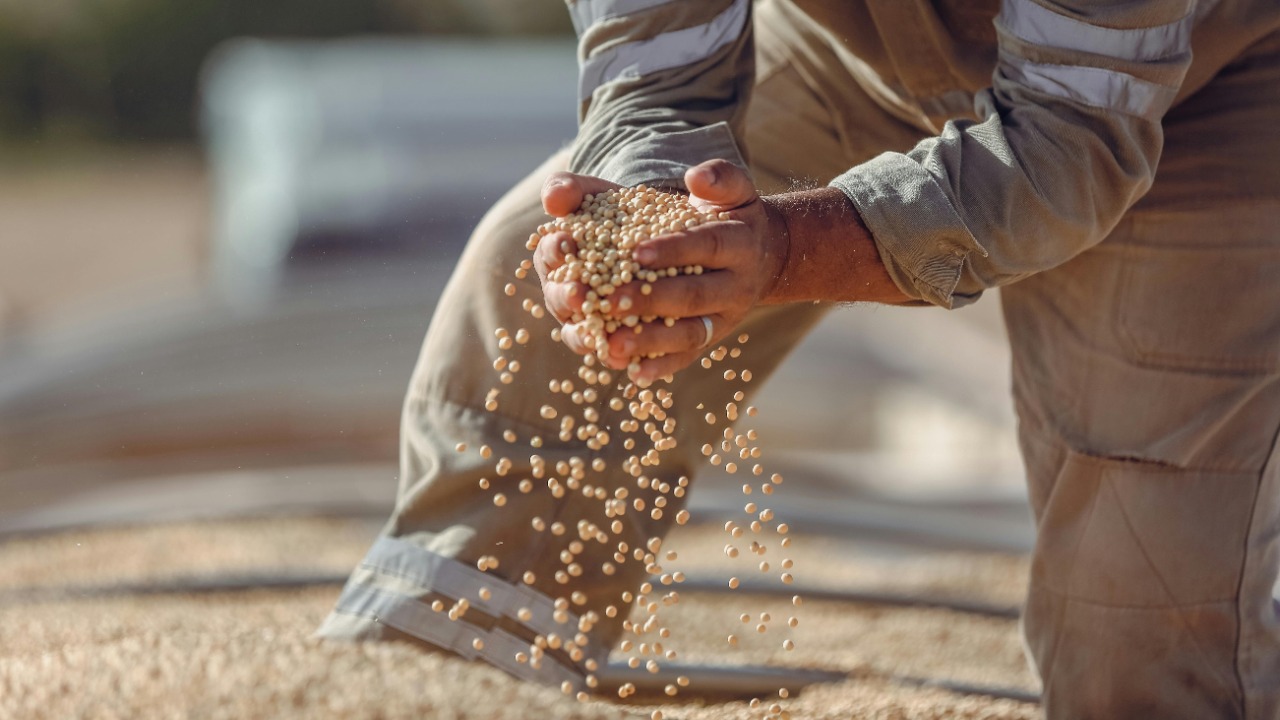
China’s burgeoning appetite for meat is significantly impacting global agriculture, particularly driving the expansion of soybean farming in Brazil. This trend is reshaping resource use across the supply chain, with projections indicating that China’s demand for meat will continue to be a pivotal force in global agricultural dynamics. The growth of China’s livestock sector has led to increased imports of grains and oilseeds, such as soybeans, which are crucial for animal feed. As China’s soybean production remains steady, the country continues to rely heavily on imports from Brazil to meet its growing needs.
China’s Meat Sector Expansion
The rapid growth of China’s meat production has been a major factor in the country’s agricultural transformation since 2018. This expansion has intensified the demand for animal feed, particularly soybeans, which are essential for sustaining livestock growth. The driving forces behind this transition include a combination of rising consumer demand for meat and strategic agricultural policies aimed at enhancing production efficiency. As China seeks to balance feed grain security with meat security, large-scale production strategies have been implemented to optimize resource use and ensure a stable supply of feed grains. These strategies have been particularly evident in China’s agricultural policies since 2023, which emphasize efficiency and sustainability in meeting the country’s growing food demands.
The growth of China’s meat sector has also had a significant impact on global export dynamics, particularly for oilseeds. As China’s demand for meat continues to rise, so does its need for soybeans, which has led to increased imports from major producers like Brazil and the United States. This trend was notably highlighted in mid-2024, when reports indicated a surge in oilseed exports driven by China’s expanding meat sector. The implications of this growth are far-reaching, affecting not only trade balances but also the agricultural practices and resource allocations of exporting countries.
Soybean Demand Dynamics
Despite the steady levels of soybean production within China, the country’s imports have continued to rise to support its burgeoning meat production. As of November 2024, China’s soybean production and imports remained stable, underscoring the country’s reliance on foreign sources to meet its feed needs. This steady import pattern reflects the direct correlation between increased meat consumption and higher soybean demand, a trend that has been observed since China’s agricultural shifts began in 2018. The balance between domestic production and import reliance is a critical aspect of China’s strategy to secure its food supply, with large-scale farming playing a key role in maintaining this equilibrium.
China’s agricultural policies have increasingly focused on large-scale production as a means to ensure feed supply security. This approach not only supports domestic production but also mitigates the risks associated with over-reliance on imports. Insights from 2023 highlight the importance of these strategies in securing feed supplies, as China continues to navigate the challenges of meeting its growing meat demand. The implications for global agriculture are significant, as China’s import needs drive changes in production practices and resource allocations in exporting countries.
Brazilian Soybean Farming Growth
The expansion of soybean cultivation in Brazil is a direct response to China’s rising meat demand. As China’s need for soybeans grows, Brazilian farmers have increased their production to meet this demand, employing resource-intensive farming practices to maximize yields. This trend was analyzed in late 2025, highlighting the significant impact of China’s meat sector on Brazilian agriculture. The increased demand for soybeans has also influenced the export dynamics of grains and oilseeds, with Brazil emerging as a dominant supplier in the global market. Reports from July 2024 emphasized Brazil’s pivotal role in meeting China’s soybean needs, as the country’s exports continue to rise in response to China’s sector growth.
The steady import trends from China have led to specific increases in resource use within Brazilian agriculture. As of November 2024, these trends have been closely tied to the expansion of soybean farming, which requires significant inputs such as land, water, and fertilizers. The implications for Brazil’s agricultural sector are profound, as farmers adapt to the demands of a global market increasingly driven by China’s consumption patterns. This dynamic underscores the interconnectedness of global agriculture and the far-reaching effects of China’s meat demand on resource use and environmental sustainability.
Environmental and Resource Impacts
The consequences of China’s livestock transition extend beyond economic and trade considerations, impacting global resources and environmental sustainability. The expansion of soybean farming in Brazil, driven by China’s demand, has been linked to deforestation and increased water use, raising concerns about the environmental impact of agricultural intensification. Since 2018, these issues have been a focal point of discussions on the sustainability of global agricultural practices. The resource demands associated with large-scale soybean production highlight the challenges of balancing economic growth with environmental stewardship.
China’s efforts to mitigate feed shortages through large-scale production have also amplified overseas resource demands. As China’s agricultural policies from 2023 demonstrate, the country is striving to enhance production efficiency while minimizing its environmental footprint. However, the broader resource strain resulting from rising meat demand remains a significant challenge, with direct ties to the intensification of Brazilian farming practices. The implications for global agriculture are profound, as countries grapple with the need to meet growing food demands while preserving natural resources and ecosystems.